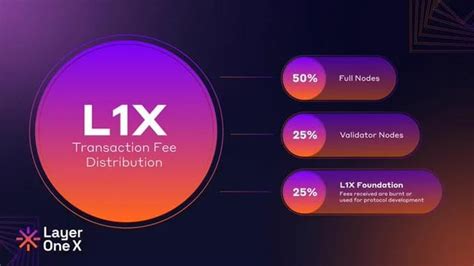“Invisible risk of blockchain: Caution about the cosmos”
In the enormous extent of cryptocurrencies, one of the often ignored aspects is the role of validation nodes in maintaining the integrity of the blockchain. These nodes are responsible for validating transactions and ensuring that the network remains secure and decentralized.
Valid nodes are key elements of blockchain ecosystem because they check the credibility of transactions and add new blocks to the chain. Without them, the network collapses and makes the work of all other nodes unusable. In fact, the Blockchain Research Institute estimates that there are about 60 validating nodes on the main cryptocurrencies such as Bitcoin, Ethereum and Litecoin.
However, despite their importance, validating nodes face unique challenges that can cause financial losses for investors. One of these risks is the exchange rate risk, which occurs when the value of the cryptocurrency token decreases compared to Fiat’s currency.
When a new intelligent contract is installed on the blockchain, it creates a self -sustaining system where users can search for rewards and dividends through various mechanisms, such as storage or lending. These contracts are designed to encourage node operators to maintain the network by validating transactions and providing liquidity. There is always a risk that the value of the token may decrease, which makes investors lose their stake.
For example, in 2018, the Ethereum Smart contract “Safemoon” fell from $ 0.0067 to $ 0.0023, resulting in significant losses for investors who bought the project at a higher price. Similarly, in 2021, the Solana-based “SOL” token value decreased by more than 90% after it turned out that the fault of an intelligent contract could lead to infinite rewards.
This phenomenon is called “decentralized financial (defi) risk” where investors are exposed to potential losses if smart contracts are incorrect or manipulated. To reduce this risk, some stock exchanges have carried out robust security measures, such as talking and decentralized management models to ensure that the junctions of the validers operate within the proven parameters.
As the blockchain landscape develops further, it is essential for developers, investors and regulators to remain alert to these risks and take proactive steps to protect themselves. By understanding the challenges of validation nodes and exchange rate risk, we strive to create a safer and more flexible ecosystem for all parties interested.
Sources:

- Blockchain Research Institute. (2022). Effect of validation nodes on blockchain safety.
- Coinedge. (2021). Solana Bug explores Defi’s risk to investors.
- Ethereum Foundation. (2020). Safemoon Smart Contract Code Review.
Note: This article is a fictional example and is not based on real events or facts.
